Product Description
Germanium Oxide with CAS 1310-53-8
Germanium oxide is a white powder, hexagonal, tetrahedral or amorphous solid. Hexagonal system: the relative density 4.228, melting point (1115 + 4) ℃. Tetragonal crystal system: the relative density 6.239, melting point (1086 + / - 5 ℃. Germanium oxide (germanium oxide) is a kind of amphoteric oxide which is mainly acidic and can be soluble in strong acid or alkali solution. When dissolved in an acid solution, different concentrations of hydrogen ions correspond to different products.
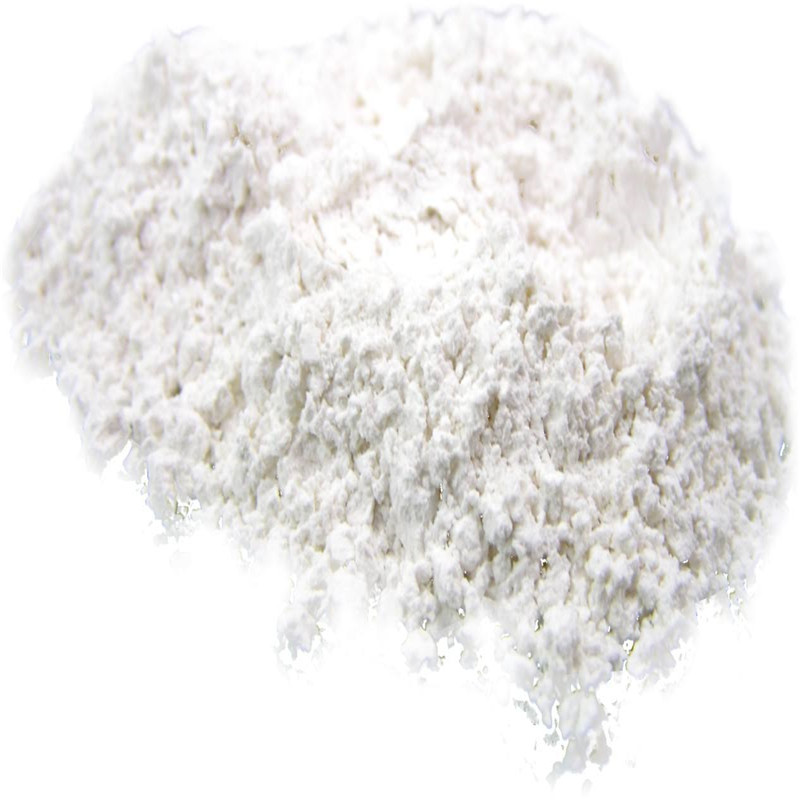
CAS:1310-53-8
MF:GeO2
MW:104.64
EINECS:215-180-8
Synonyms:GeO2;Germania;Germanic acid;Germanic oxide (crystalline);germanicacid ;germanicoxide(crystalline) ;Germanium oxide (GeO2);germaniumoxide(geo2)
Properties
Melting point:>400 °C(lit.)
Density 6.239 g/mL at 25 °C
refractive index 1.99
storage temp. Storage temperature: no restrictions.
solubility ethylene glycol: soluble
form Powder/Flake/Crystalline/Beads/Lump, Etc.
color White
Water Solubility 0.4 g/100 mL
Merck 14,4409
[properties] white powder, hexagonal, tetrahedral or amorphous solid. Hexagonal system: the relative density 4.228, melting point (1115 + 4) ℃. Tetragonal crystal system: the relative density 6.239, melting point (1086 + / - 5 ℃. Insoluble in water and hydrochloric acid; Germaniate is formed in solution of alkali.
[quality standard] GB 11069-1989
Use
Used in the manufacture of germanium metal, also used in spectral analysis and semiconductor materials.
Other related items of our company:
1. Basic Organic Chemicals
2. Inorganic Chemicals
3. Pharmaceutical Intermediates
4. Daily Chemicals
5. Active Pharmaceutical Ingredients


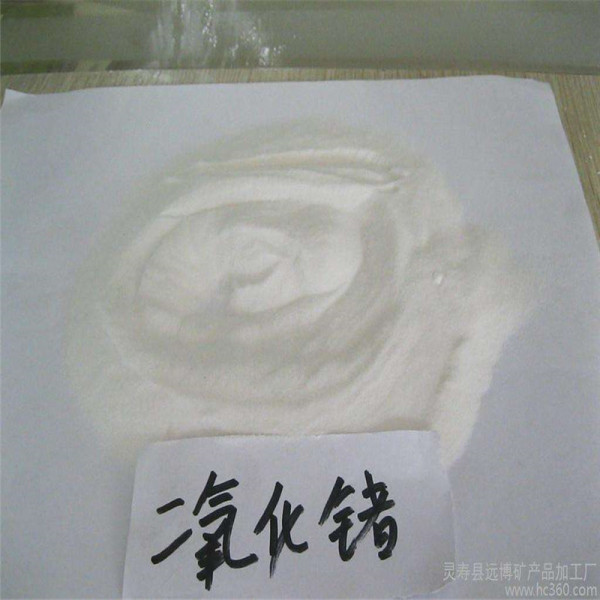
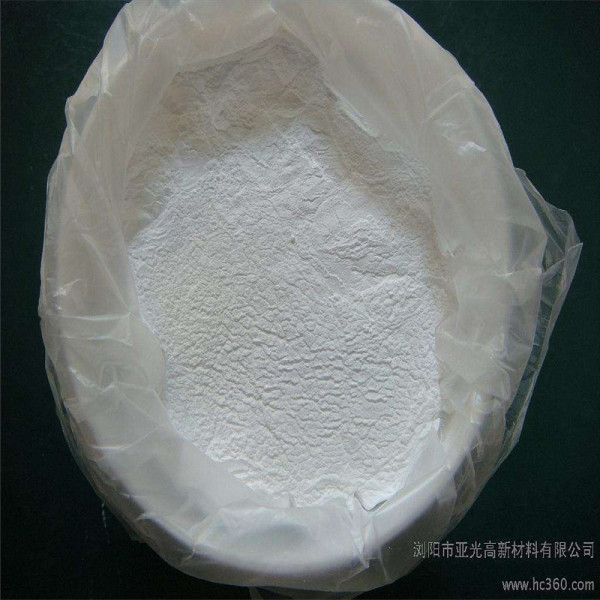
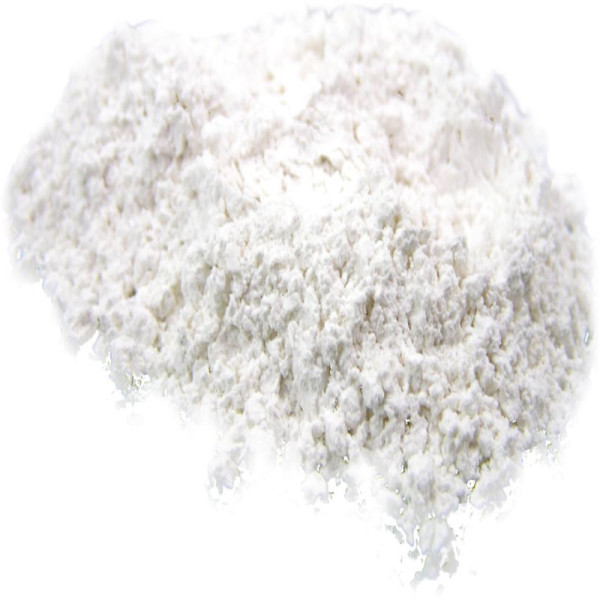
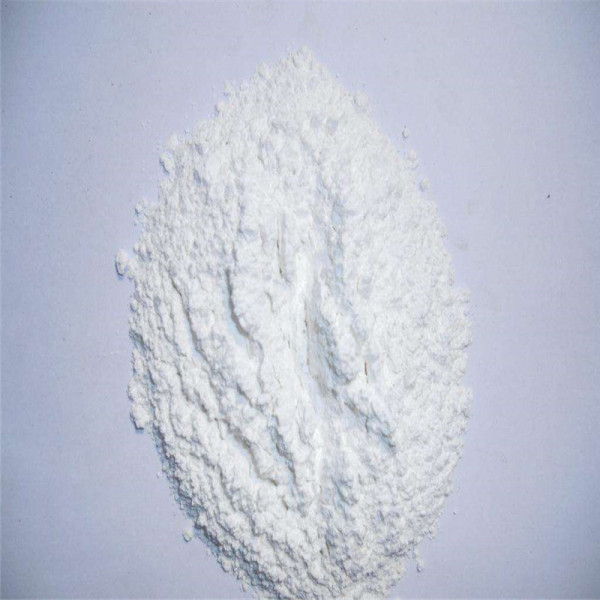

.png) Contact Now
Contact Now
